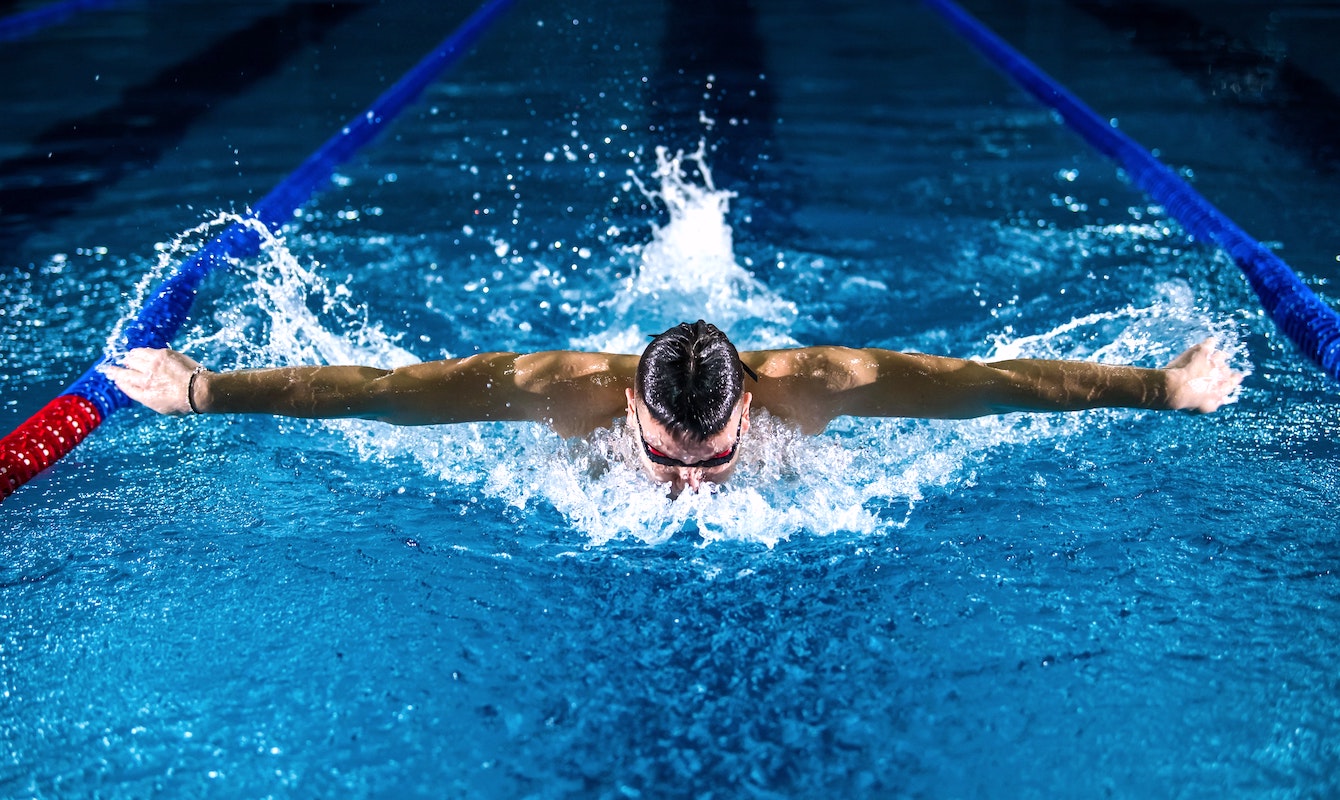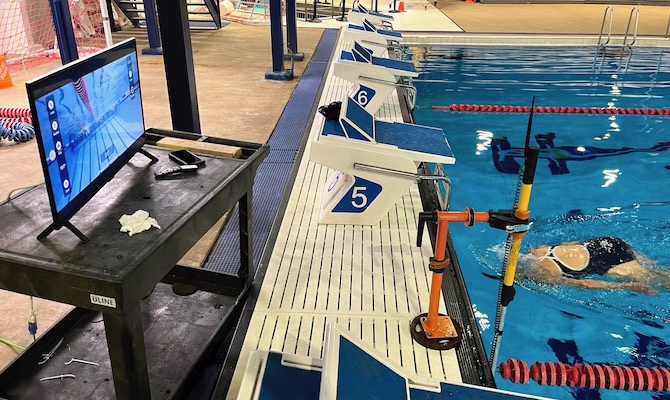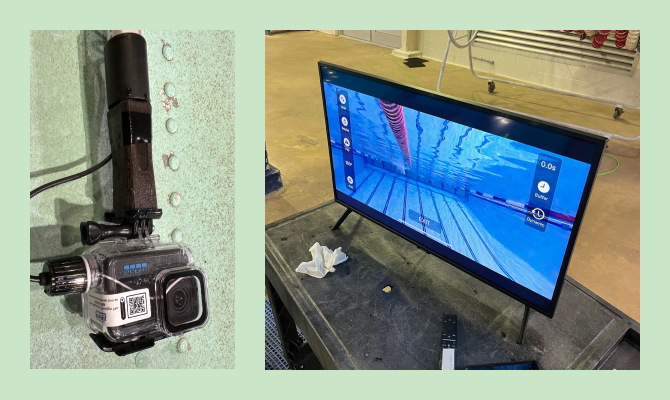
Beyond the Surface: How Underwater Video Feedback Transforms Swimming Training
Mike Finch on October 10, 2024
In the competitive world of swimming, every millisecond counts. Achieving peak performance requires hard work and attention to technique. That's where underwater video feedback comes into play. It allows swimmers and coaches to gain a clear, detailed view of technique from an underwater perspective — something that can't be seen from above the surface.
By incorporating delayed video analysis, swimmers can refine their strokes, improve body awareness, and make game-changing adjustments without distraction.
Let's dive into the key advantages of using video feedback to elevate swimming performance.

1. Detailed Analysis of Technique
Underwater video allows for a clear view of the swimmer's body position, stroke mechanics, and kick technique. A delayed feedback approach enables swimmers to analyze these aspects in detail, which is crucial for refining their technique. Observing themselves underwater helps identify issues such as inefficient kick propulsion, improper body alignment, or irregular stroke patterns that may not be as apparent from above the water.
2. Improved Body Awareness
Swimmers can benefit from better body awareness and spatial understanding through underwater video. By reviewing footage of their underwater movements, they can gain insights into how their body moves through the water, which helps them make precise adjustments to their technique.
3. Reduction of Immediate Distraction
Immediate feedback, especially underwater, can distract and interfere with the swimmer's performance. Delayed video feedback allows swimmers to focus entirely on their practice without interruption. After completing a set or drill, they can review the video in a more relaxed state, leading to better analysis and less anxiety.

4. In-Depth Technical Corrections
With underwater video, coaches and swimmers can dissect complex technical details critical for optimizing performance, such as the stroke catch, pull, and push phases, as well as streamline positions and turns. Reviewing footage in slow motion or frame-by-frame adds another valuable layer of analysis for technical correction.
5. Enhanced Feedback Quality
Coaches can use the delay to provide more thoughtful and structured feedback. Instead of giving immediate corrections that might be rushed or less precise, they can analyze the video in detail and offer comprehensive insights on technique improvements and strategies.
6. Progress Tracking
Delayed underwater video feedback lets swimmers and coaches track progress over multiple sessions. This longitudinal view helps assess how changes in technique affect performance. It can be motivating as swimmers see their improvements documented visually over time.
7. Goal Setting and Visualization
Swimmers can set specific, technique-oriented goals based on their video analysis. Seeing themselves perform a stroke or turn correctly in the video can serve as a visual benchmark and aid in visualization techniques, helping them mentally rehearse and strive towards their goals.
8. Cognitive Load Reduction
During practice, swimmers can concentrate on executing their skills without the cognitive load of processing immediate feedback. The delay in video analysis allows them to focus on their performance and later review and understand their execution more thoroughly.
9. Better Communication
Video feedback, especially when delayed, can help coaches to better communicate with swimmers. They can prepare detailed observations and input based on the video, making the discussion more focused and productive.
Underwater video feedback with a delay is a powerful tool for competitive swimmers. It enables detailed, focused analysis of technique, reduces immediate pressure, enhances self-awareness, and improves the quality of feedback. This approach ultimately supports more effective training and skill development, leading to better performance in competitive swimming.